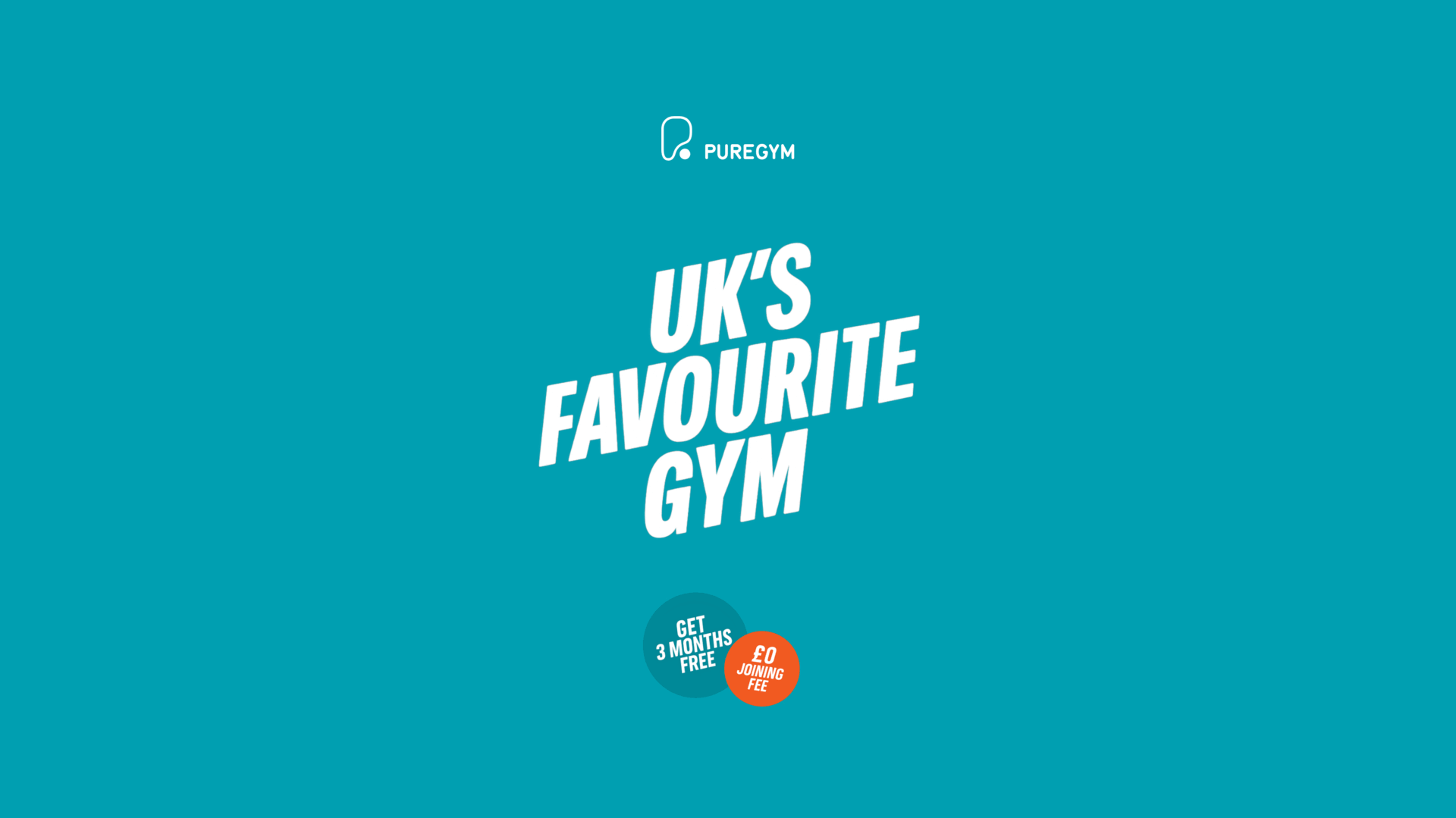Puregym
The UK's Favourite
Task: PureGym is now the most popular gym in the UK and we want to reflect that status in our next promo. The ads that perform best for us are incredibly simple and bare, and we’d like to keep it that way.
I built my creative direction around the slogan UK’s Favourite Gym — a simple, confident line that sparks curiosity, feels welcoming, and reinforces PureGym’s real market position. For this project, I produced assets that align closely with PureGym’s existing brand identity, ensuring visual consistency and recognisability across all touchpoints. To push the boundaries further, I experimented with motion and sound, introducing video ads featuring a consistent audio identity that subtly evolves the brand’s aesthetic. The goal was to evaluate whether PureGym could benefit from a refreshed creative approach or if its current branding continues to be the most effective for performance, engagement, and long-term recall.







Strategy
Strengthening the position
Question: How would you test the different creative styles?
To properly test all creative styles and identify what performs best, I’d structure the campaign using segmented ad sets across Meta Ads Manager and Google Ads. Each ad set would isolate a specific variable — for example, static ads versus video. This separation would allow me to measure true performance differences without interference from targeting or placement inconsistencies. I’d define success using clear KPIs like click-through rate, conversion rate, cost per result, and video watch-through rate — giving me insight into which creatives were not only visually engaging but also driving action.
Using PureGym’s CRM data, I’d test how each creative resonates with different audience types — new vs. existing members, or casual browsers vs. engaged users. Retargeting flows would allow me to reinforce the strongest visuals or test alternate styles to re-engage non-converting users. Based on weekly performance results, I’d reallocate spend toward the best-performing creatives and iterate on visuals, copy, or format as needed — using a test-learn-optimise cycle to refine direction and scale the most effective approach.

